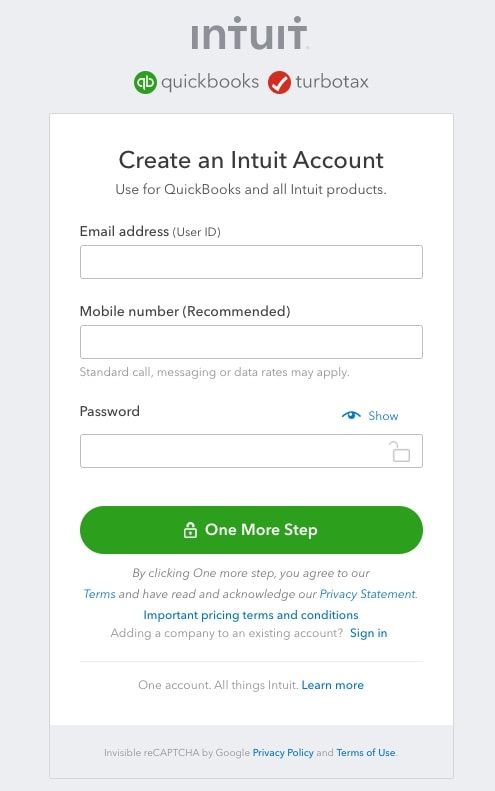Turn on suggestions
Auto-suggest helps you quickly narrow down your search results by suggesting possible matches as you type.
Showing results for
Solved! Go to Solution.
Hello, David.
I'll clear things up so you can record your purchases accurately.
You'll want to enter the supplier receipts individually as mentioned by JonpriL. The general rule of the thumb is to record your transactions as they happen in real life.
Entering the purchases in a lump sum amount might complicate your records. The VAT amount might not be correct (as you might've presumed), and the data reporting might not be accurate.
As mentioned by JonpriL again, you can match a single statement (when the bank transactions come in) to multiple supplier receipts (entered in QuickBooks). Here's how:
Regarding your PayPal purchases, you can record the supplier receipt normally (as a regular expense). PayPal will send you a downloaded transaction to your QuickBooks Online account. You can match this transaction with the recorded receipt.
To record the purchase, simply click on the +New button, then select Expense.
Here are screenshots to help you out:
We all started from scratch. I'd recommend visiting our articles page to learn the ropes in QuickBooks Online: General Help Articles page.
We're always ready to help during these times. Just leave a reply below or post a new topic for other QuickBooks questions. Thanks!
No need to say sorry, @david159.
You can enter each receipt individually so you can easily match them with your statements. No need to worry since you can match a single monthly statement with multiple receipts. But please know that you'll only need to enter a single receipt for every purchase you've made to avoid any duplicate on your records.
In addition, here's an article you can read to learn more about how you can categorise your transactions: Match and categorise bank transactions in QuickBooks Online.
Lastly, I've got you this helpful article in case you need some ideas about how you can easily categorise your transactions: How to set and use banking rules for downloaded transactions?
You can always leave a comment below if you have any other questions. I'll be always around ready to help.
Thank you for your help and replies, i think i may be confusing things a little, the statements i mentioned are from the suppliers (not the bank) they have as many purchase i made that month listed and i pay the bill (statement) amount in one go at the end of the month, my question is should i enter the receipts individually or just the monthly statement (all the invoices) amount as this will be the total amount paid by bank transfer to the supplier and will match the banking, the problem then being i will not have listed my receipts which are vatable
Hello, David.
I'll clear things up so you can record your purchases accurately.
You'll want to enter the supplier receipts individually as mentioned by JonpriL. The general rule of the thumb is to record your transactions as they happen in real life.
Entering the purchases in a lump sum amount might complicate your records. The VAT amount might not be correct (as you might've presumed), and the data reporting might not be accurate.
As mentioned by JonpriL again, you can match a single statement (when the bank transactions come in) to multiple supplier receipts (entered in QuickBooks). Here's how:
Regarding your PayPal purchases, you can record the supplier receipt normally (as a regular expense). PayPal will send you a downloaded transaction to your QuickBooks Online account. You can match this transaction with the recorded receipt.
To record the purchase, simply click on the +New button, then select Expense.
Here are screenshots to help you out:
We all started from scratch. I'd recommend visiting our articles page to learn the ropes in QuickBooks Online: General Help Articles page.
We're always ready to help during these times. Just leave a reply below or post a new topic for other QuickBooks questions. Thanks!

You have clicked a link to a site outside of the QuickBooks or ProFile Communities. By clicking "Continue", you will leave the community and be taken to that site instead.
